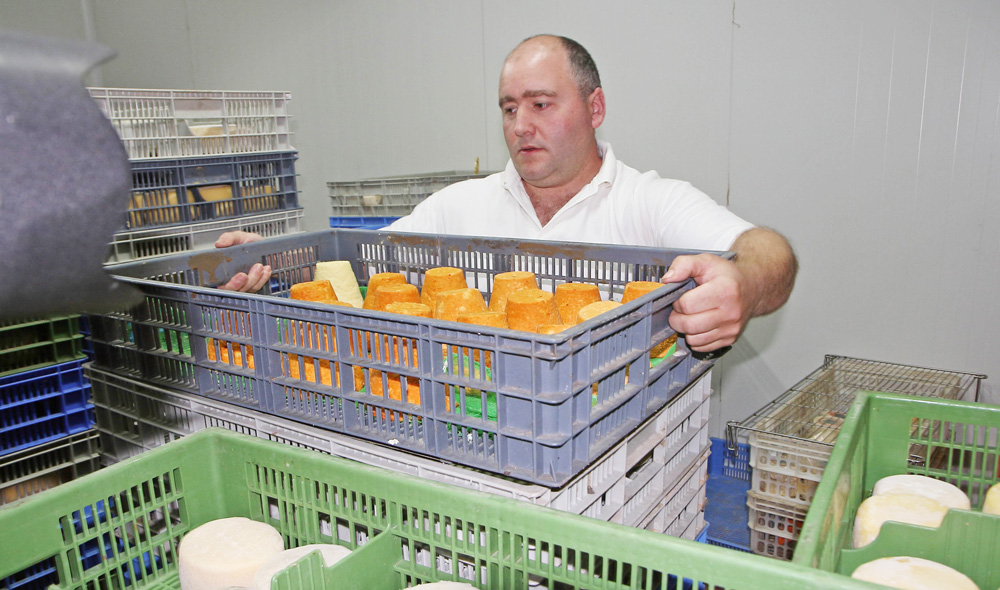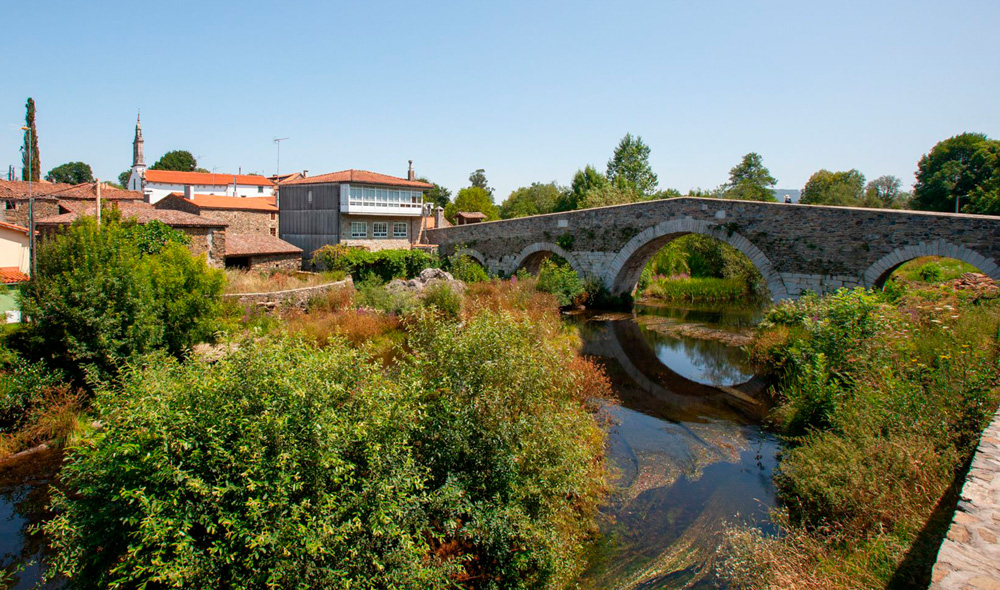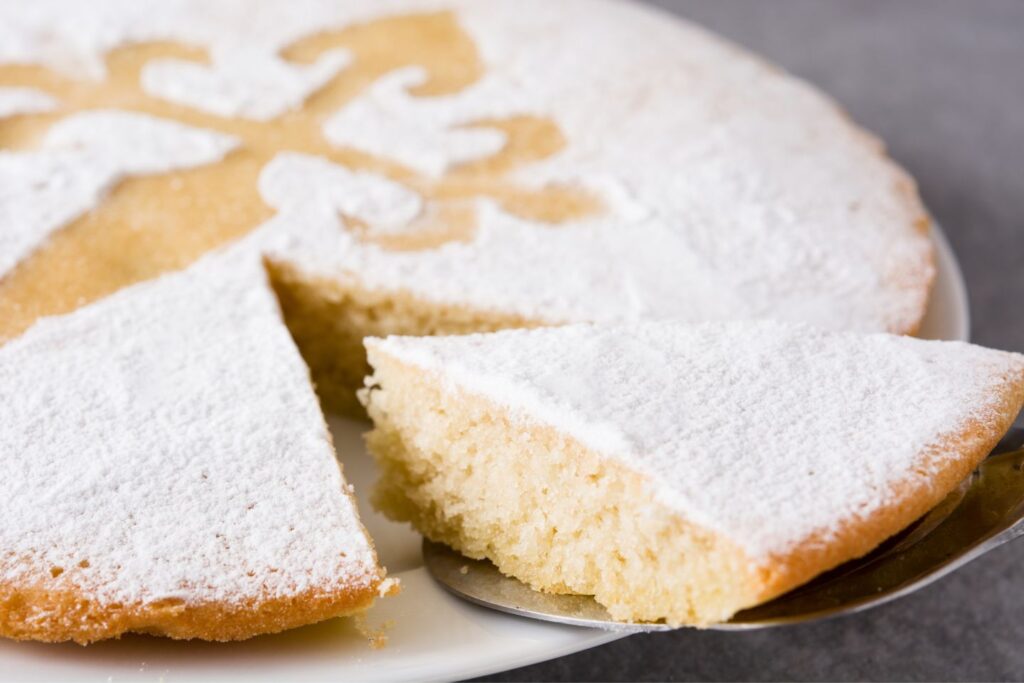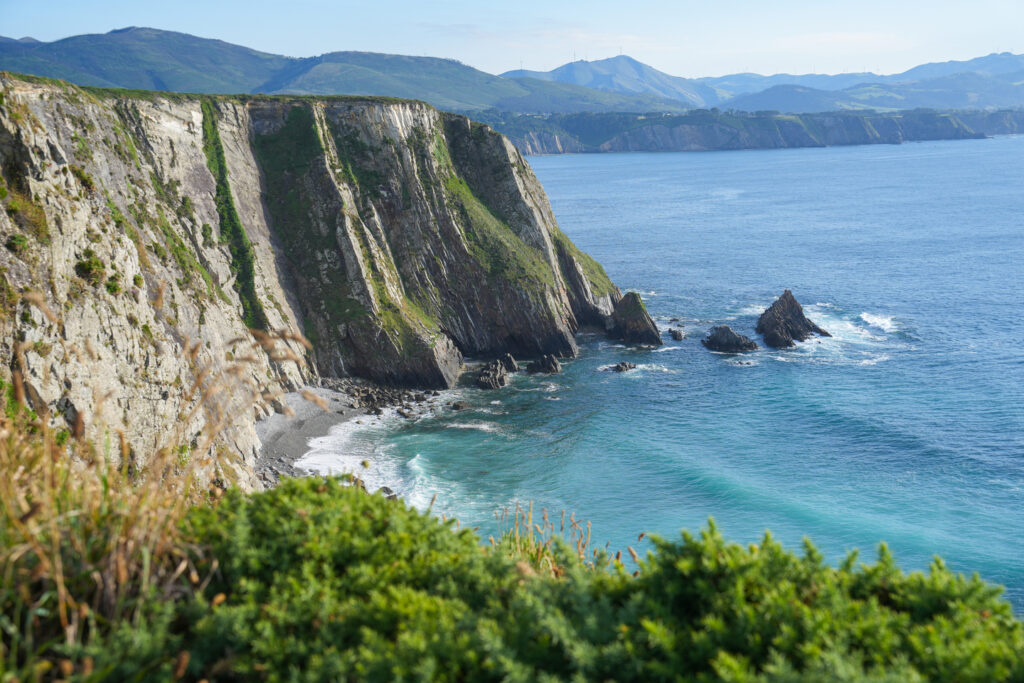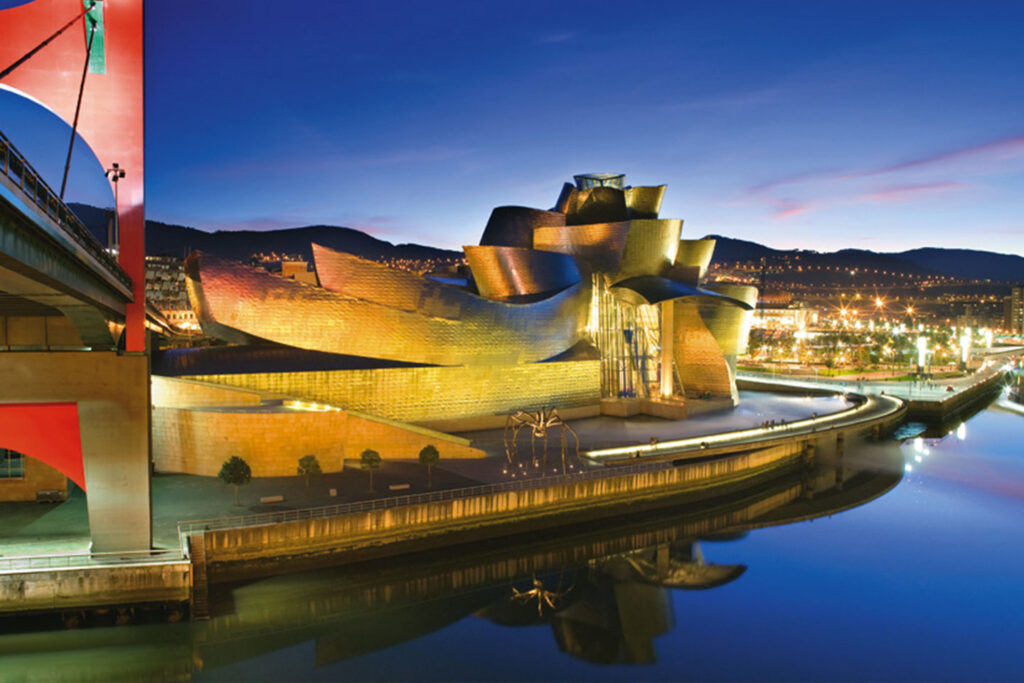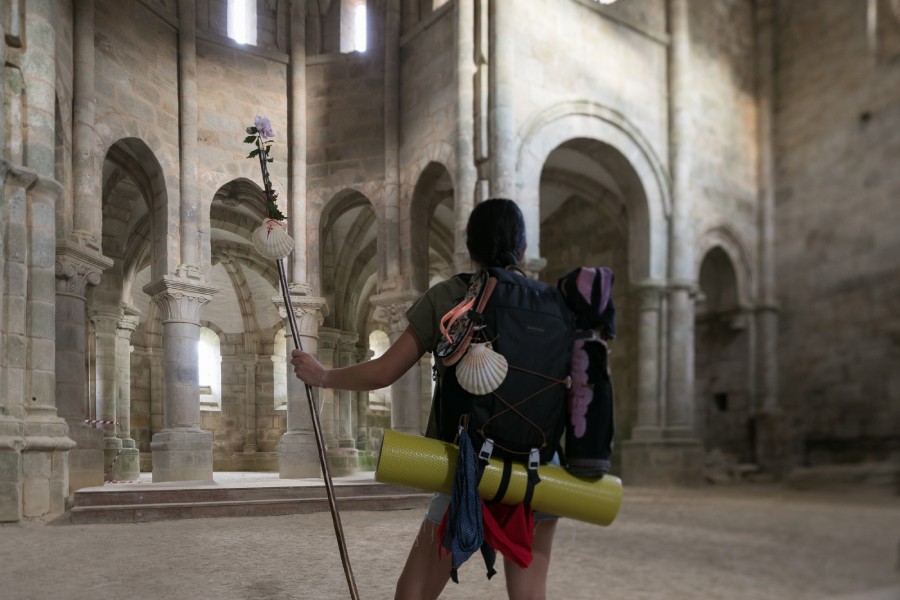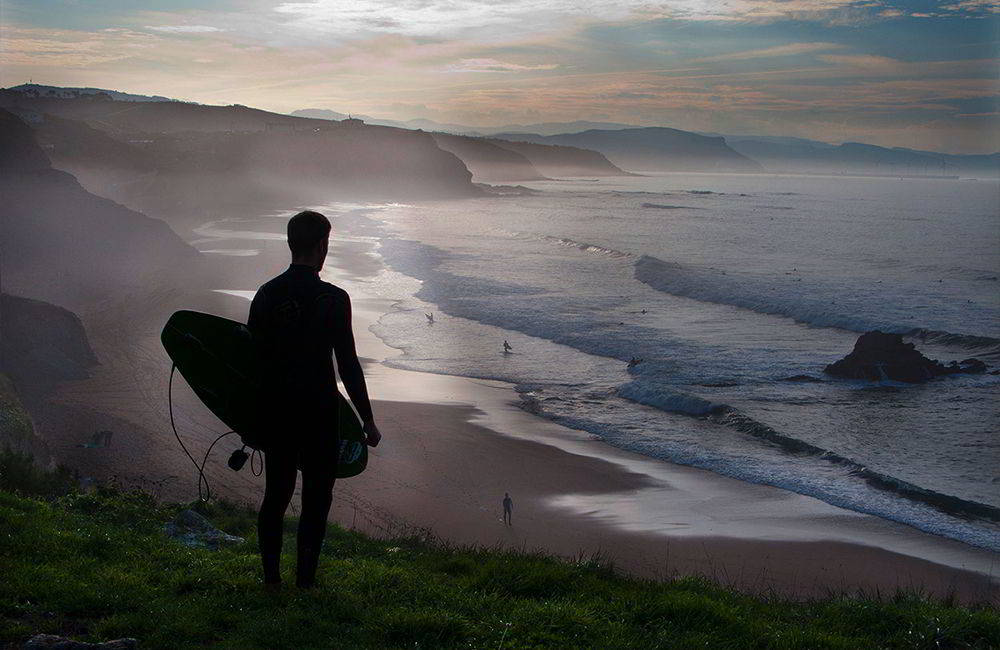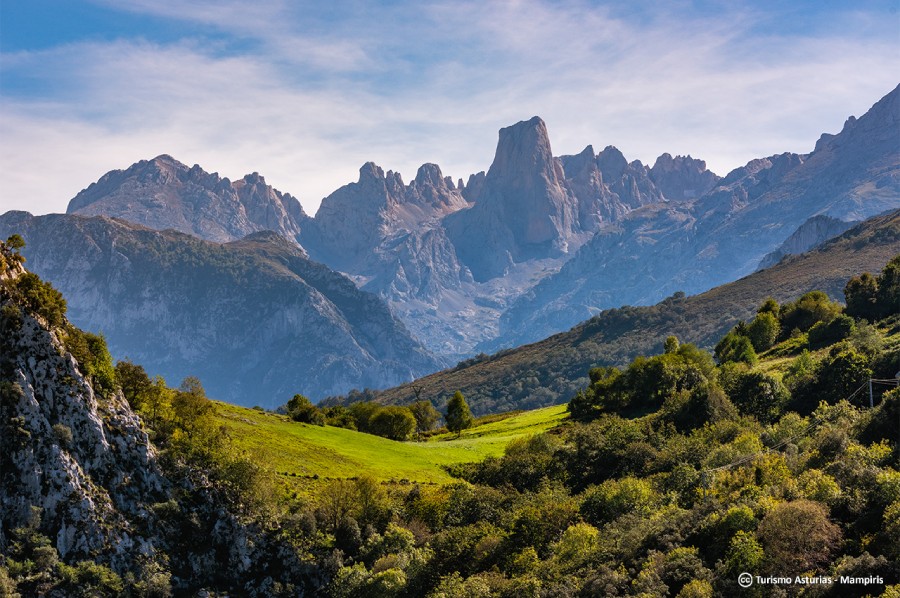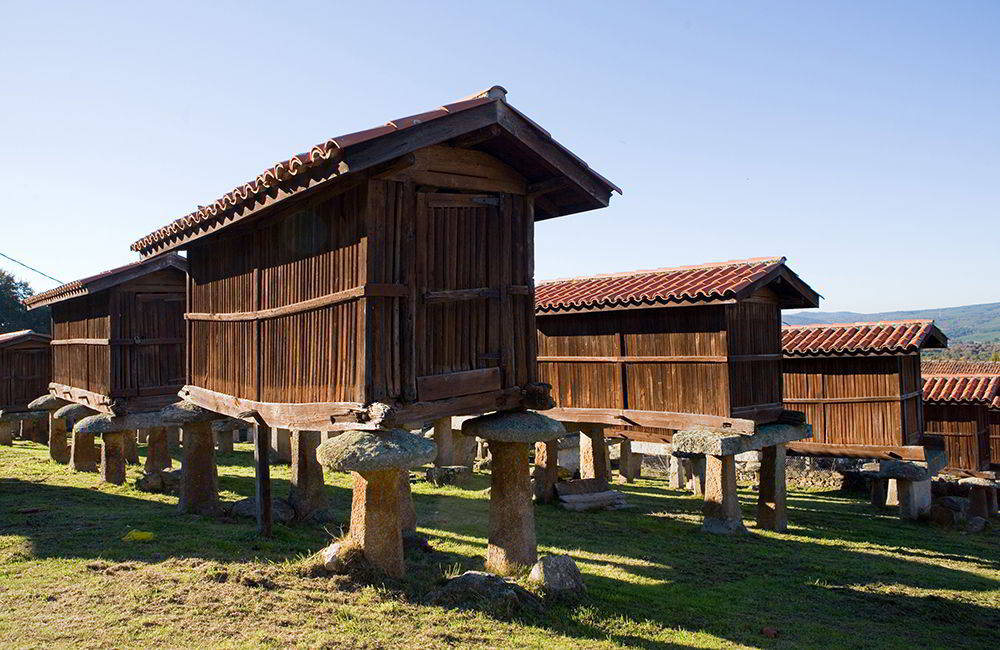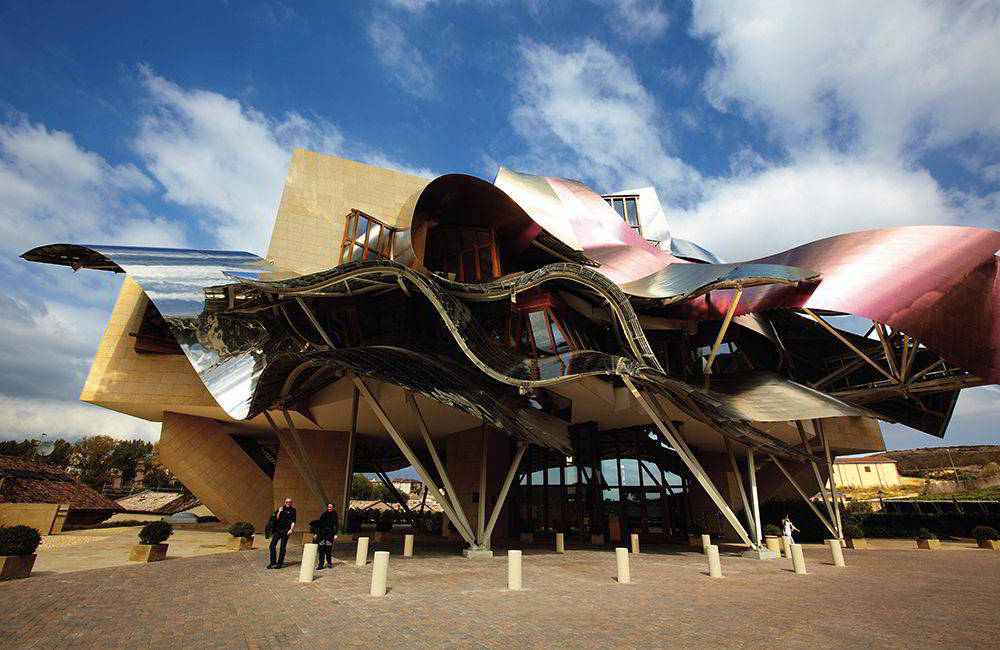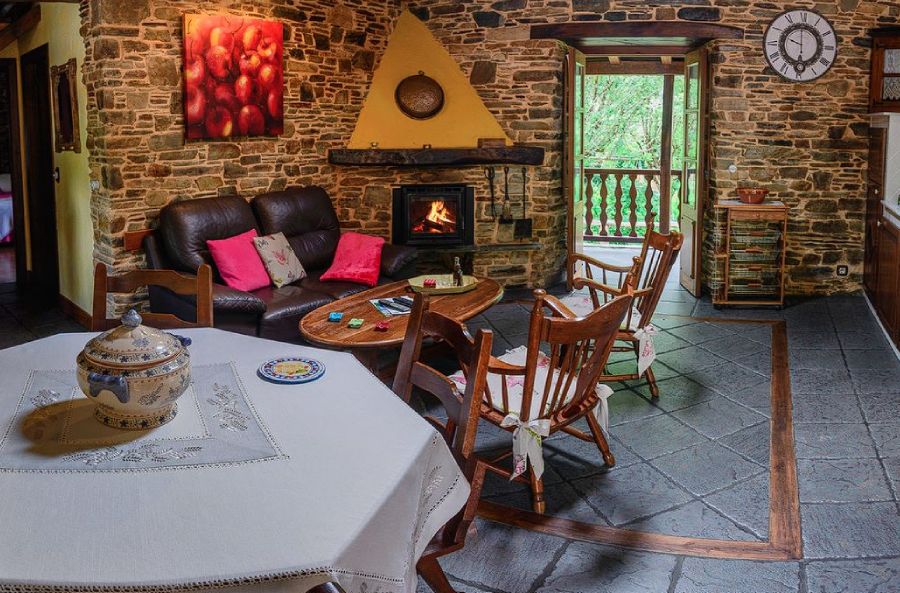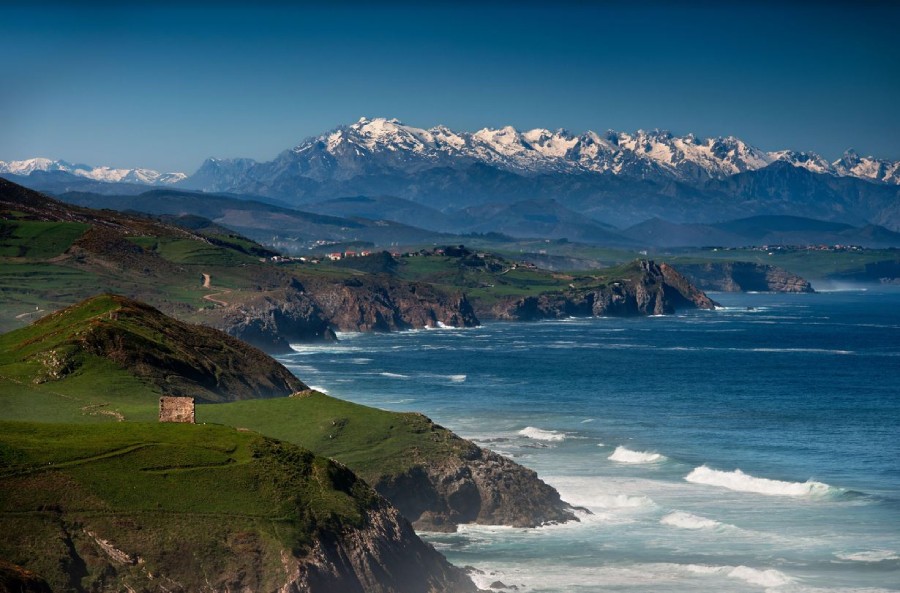What are the best cheeses from Green Spain? We select four of them and reveal the secrets of the regions of Euskadi, Cantabria, Asturias and Galicia where they are made for a total gastronomic experience.
EUSKADI: Protected Designation of Origin (PDO) Idiazabal cheese (Gipuzkoa)
Where is Idiazabal cheese made?
In the domains of the Goierri region (which means ‘highlands’ in Basque) near the Aizkorri mountain range, in the south of Gipuzkoa. The cheese takes its name from the town of Idiazabal where the Idiazabal Cheese Interpretation and Tasting Centre is located.
What does Idiazabal cheese taste like?
Idiazabal owes its flavour to the milk of the latxas and carranzas sheep that graze in the mountain meadows of the Aralar mountain range or the Aizkorri-Aratz Natural Park. It is a cheese with a strong, enveloping and powerful flavour with a subtle spicy touch.
Getaway. What to do and what to see: the best experiences in this part of Green Spain.
- Visit some of the cheese dairies that offer all kinds of experiences related to cheese production, from shepherding to cheese-making, as well as getting to know the mountainous landscapes where the latxas sheep graze with their large, primitive manes.
- Visit the traditional market held every Wednesday in Ordizia. Apart from Idiazabal cheese, you will find all kinds of gastronomic gems from Goierri. It has been held for centuries (there is evidence of it in 1512) under a striking structure with the appearance of a Greco-Roman temple.
- Visit the monumental village of Segura, a former milestone on the Royal Route that connected the heart of Castile with Europe and one of the most beautiful monumental stops in Gipuzkoa. Next to Segura is the always interesting village of Zerain, which has a complete ethnographic museum… and an 18th century dungeon.
ASTURIAS: Protected Designation of Origin (PDO) cheese Afuega’l Pitu
Where is Afuega’l Pitu cheese made?
Although it is nowadays prepared in a large part of Asturias, Afuega’l Pitu is originally from the central Asturian valleys, made from the milk of the cows that graze in the mountains along the Narcea and Sella rivers. The main production is concentrated in the council of Grado, where, of course, it is possible to visit cheese dairies to learn about the history, secrets and flavours of this delicacy.
What does Afuega’l Pitu cheese taste like?
Afuega’l Pitu is a creamy cheese with a very pleasant taste, very fresh with a touch of acidity. Depending on the maturing process or the seasoning (the classic paprika), the cheese will gain more strength and intensity. Its texture is another aspect that makes it special: compact but with a touch of unctuousness that makes it adhere to the mouth and palate, flooding them with flavour.
Getaway. What to do and what to see: the best experiences in this part of Green Spain.
- Stroll through the charming Indian village of Malleza, popularly known as Little Havana for its beautiful Indian houses painted in bright colours. Malleza sits atop an idyllic hill with excellent views and is crowned by the curious bulbous dome (with a clear oriental influence) of its church.
- Enjoy a visit to the Monastery of Cornellana. In 2024 this monastery will be a thousand years old and still conserves interesting Romanesque elements such as the church and the doorways. In one of these doorways it is obligatory to look for (and find) the carving of the bear that, according to legend, suckled the Infanta Cristina (daughter of Bermudo II) when she got lost in the forest.
- Lose yourself in the streets of Salas in search of the complex formed by the palace of the Valdés-Salas family, the tower of the old castle and the collegiate church of Santa María la Mayor (which hides inside a fantastic funerary monument, the mausoleum of Archbishop Valdés). After the walk, the bars and restaurants in the old town will be delighted to welcome you.
GALICIA: Protected Designation of Origin (PDO) Tetilla cheese.
Where is Tetilla cheese made?
Although its great success has led to tetilla cheese, made from cow’s milk, being produced throughout Galicia, it originally comes from a deeply cheesemaking region in the centre of the triangle formed by A Coruña, Lugo and Santiago de Compostela.
What does Tetilla cheese taste like?
Tetilla cheese has a smooth, creamy flavour, with hardly any acidic notes and a touch of sweetness that is part of its success. It is ideal for those who like soft and pleasant cheeses on the palate, without long curing processes and with a special role for fresh cow’s milk. Where to taste it? There are numerous cheese dairies throughout Galicia where Tetilla cheese is produced.
Getaway. What to do and what to see: the best experiences in this part of Green Spain.
- Tasting octopus from Melide. There is a popular saying that the best Galician octopus is eaten inland. Whether you agree with it or not, the village of Melide (located more than 50 kilometres from the coast) is undeniably famous as a cooking and eating place for the popular cephalopod. Before or after this gastronomic feast, it is worth visiting the Romanesque church of Santa María de Melide.
- Discover the secrets of the monastery of Santa María de Sobrado dos Monxes. Abandoned in the first half of the 19th century after being built in the Middle Ages (and modified according to Renaissance and Baroque fashions), the monastery is a spectacular religious complex in which its imposing presence, its main façade and its three cloisters stand out.
- To visit one of the most important cheese-making villages in Spain. Another cheese different from the one we are talking about? Yes. The town of Arzúa, on the Camino de Santiago, is famous for its Arzúa-Ulloa PDO cheese, a cow’s milk cheese with hardly any curing, characterised by its creaminess and acidity.
CANTABRIA. Cheese with Protected Designation of Origin (PDO) Picón Bejes-Tresviso
Where is Picón Bejes-Tresviso cheese made?
The uniqueness of this cheese begins at its place of origin. Two villages almost next to each other (but separated by a mountain) and perched on the heights of Cantabria. They are Bejes and Tresviso, located in the Picos de Europa and only accessible by idyllic mountain roads.
What does Picón Bejes-Tresviso cheese taste like?
Bejes-Tresviso is a cheese with a very intense flavour, soft to the touch (in fact, it can be spread) and characterised by its mouldy veins. It is ideal on its own, with bread or combined with a sweet (jam or quince jelly), which guarantees an explosive contrast. It can be made from the milk of up to three different animals: goat, cow and sheep.
Getaway. What to do and what to see: the best experiences in this part of Green Spain.
- Visit Tresviso, the gastronomic brother of Bejes and one of the most remote villages in Cantabria. The only way to get there by car is from Sotres, in Asturias. Be careful: in the winter months the journey can be complicated by snow. Nevertheless, the visit is well worth it: up there, the silence sounds different…
- Gastronomic trekking. There is another way to get to Tresviso from Cantabria but you have to do it… on foot. This is a medium-high level hiking route (almost 13 kilometres there and back and 800 metres of difference in altitude) which starts at La Hermida and offers a unique view of an enviable landscape. Important: check the weather forecast before doing the route.
- Visit the other village of Picón cheese: Bejes. It is somewhat easier to reach from La Hermida (by car, of course) and its charm is the same. Isolated, bathed in the fresh, pure air of the Picos de Europa and with a couple of cheese dairies of the famous cheese, of course.

